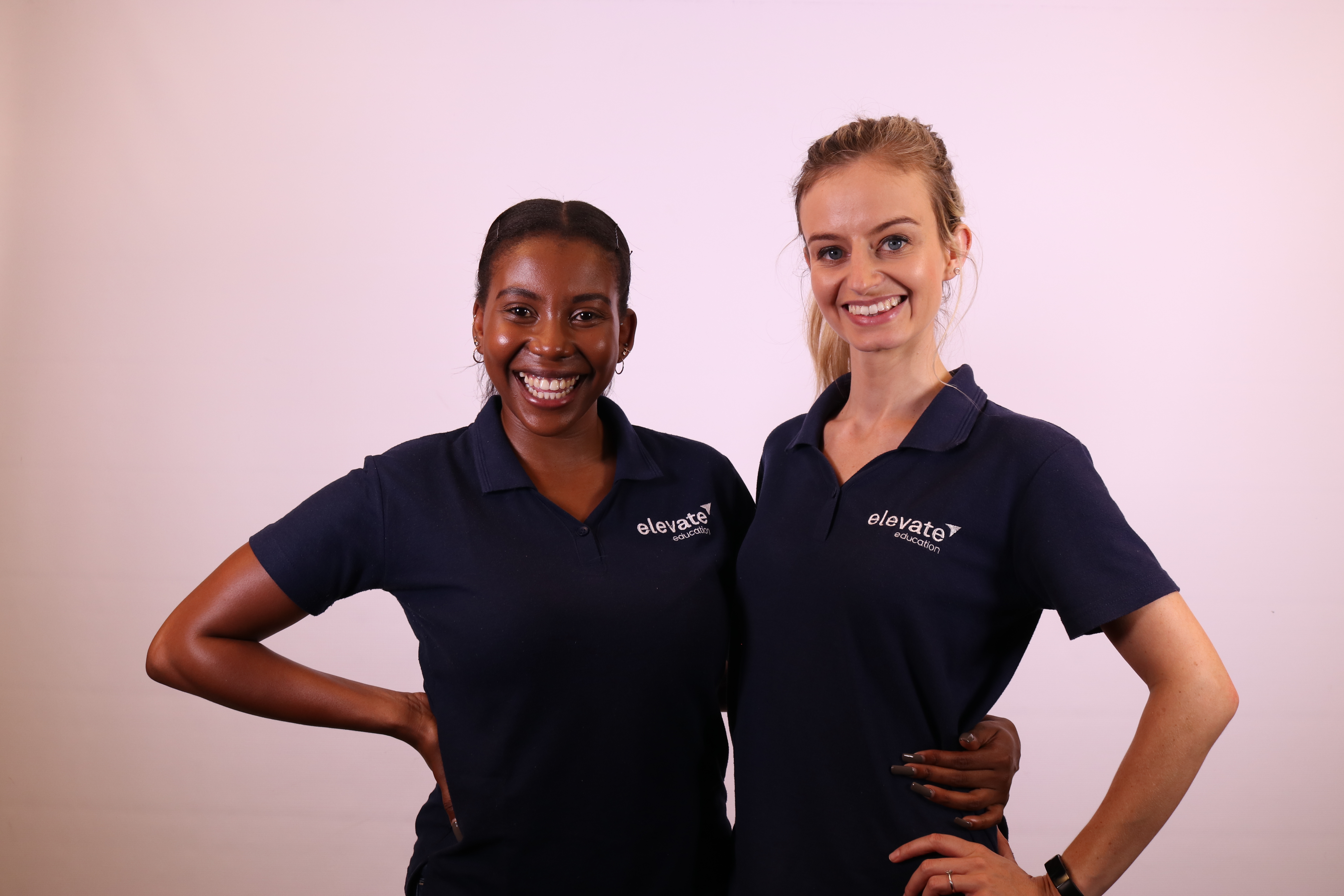Lucy's top 10 memory hacks
If what you’re looking for instead is ways to memorise information that takes as little time as possible, but which results in a high percentage of retention, then you’ve come to the right place.
Start Browsing
Start browsing
< Wait, I have a password

to your account
 Facebook
Facebook
< Wait, I don't have a profile yet
Reset Password >
to save your details
 Facebook
Facebook
< Wait, I already have a profile

Start browsing
< Wait, I have a password



You know that feeling you get when you have a lot to do? Instead of doing the tasks you need to, you decide to pretend that they don’t exist, and so, you conclude that feeding the dog is much more important than studying for the math test. This is what we call procrastination, and boy, are some of us ‘pros’ at this!
Now that you’re familiar with the term, we can move on to the science behind it that will blow your mind. What if we told you that procrastination is pure math? You probably won’t believe us, but it truly is as simple as an equation.
This theory was developed by Dr. Piers Steel, expert on human motivation and one of the world’s leading speakers on the topic of procrastination. Piers Steel likes to think he is among the world’s foremost researchers and speakers on the science of these two things. Dr. Steel teaches human resources and organizational dynamics at the Haskayne School of Business and is also a Distinguished Research Chair at the University of Calgary.
When he studied Organizational Psychology at the University of Minnesota, the course was computerized. This meant every bit of work and time spent on the work by students had a time and date stamp, thus being the ideal setting for studying procrastination. This research later helped him complete his PhD thesis, “The Nature and Measurement of Procrastination.”
Let’s test your maths! The equation he formulated looks as follows:
Motivation = Expectancy X Value/Impulsiveness X Delay
Here’s a breakdown of what each word is referring to in the above equation:
Motivation: Willingness to do work
Expectancy: How much you expect to succeed at doing the task
Value: How much you’re going to enjoy doing the task and receiving the reward
Impulsiveness You’re tendency to get distracted
Delay: The time lapse from when you start up to when you
receive the anticipated reward
In order for our procrastination to improve, we need to maximize expectancy and value and minimize impulsiveness and delay.
This increases expectancy since smaller tasks seem easier to accomplish.
The hardest part is just starting. Keeping tasks small makes this easier. For example, by using the Pomodoro Technique. This technique means studying in small and powerful bursts. You’ll sit for 25 minutes and do intense studying, and then take a 5 minute break. These intervals are called ‘pomodoros’. After four of them, you can take a longer break of 15-20 mins.
Using his technique increases expectancy since it feels easier to face 25 mins of studying vs an hour. Thus, you’re more likely to do it and more likely to stay focused.
Aiming to do 10 hours of study a day is unrealistic. You end up feeling disappointed and demotivated. Aiming for merely 2 hours per morning sounds much more do-able. Once you start, you’ll probably end up doing more anyway!
This increase value in our equation, for example by rewarding yourself after a task has been completed.
In other words, if you allocate two hours to a task that only needs 30 mins, you will use the entire two hours to complete it. Thus, create deadlines that force you to get work done efficiently. This decreases delay in our equation.
Don’t rely on willpower to avoid distractions. Rather craft a work environment that minimizes distractions This will then decrease impulsiveness in our equation.
Optimize your studying: understand what works best for you.
 -
-